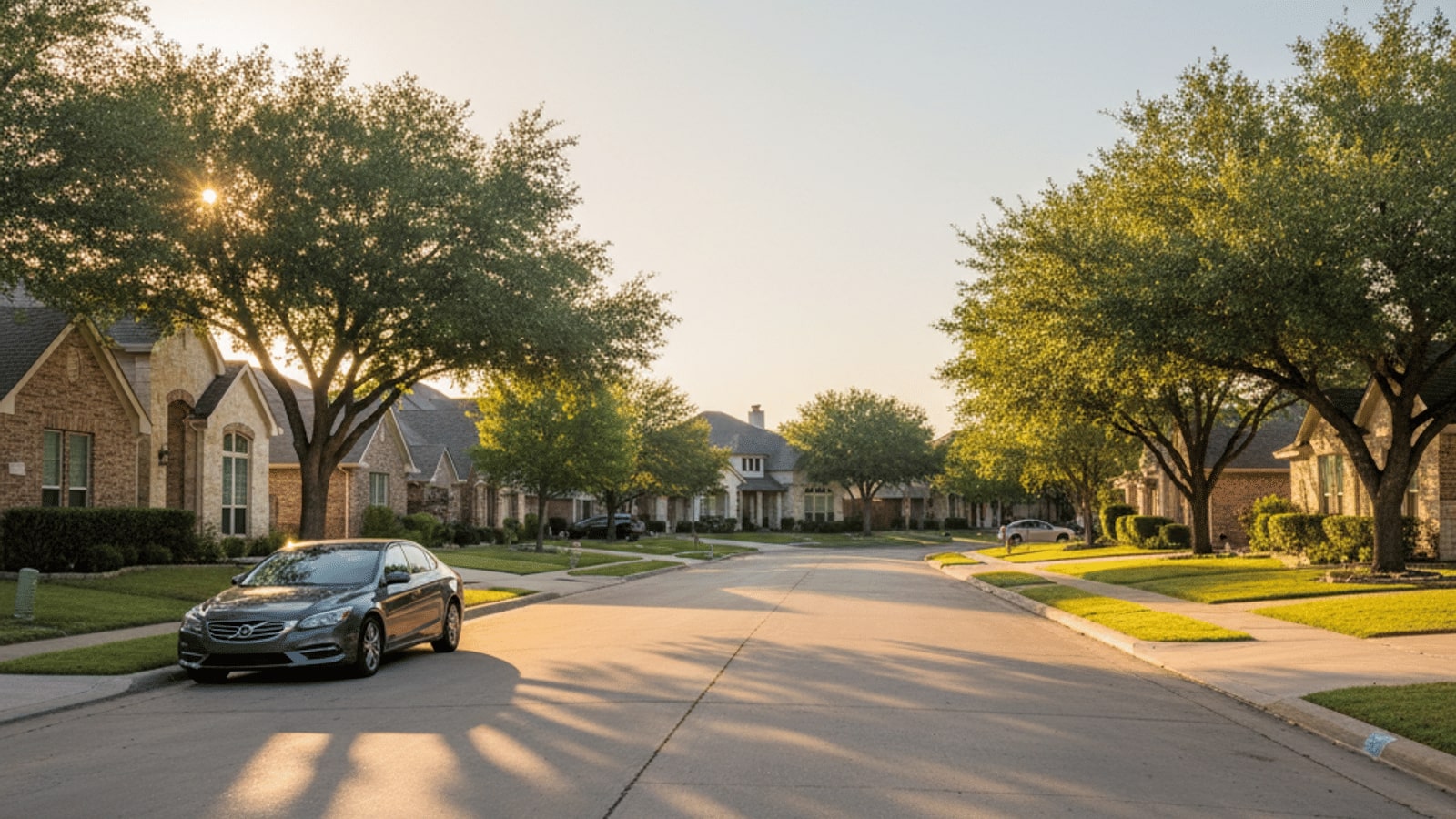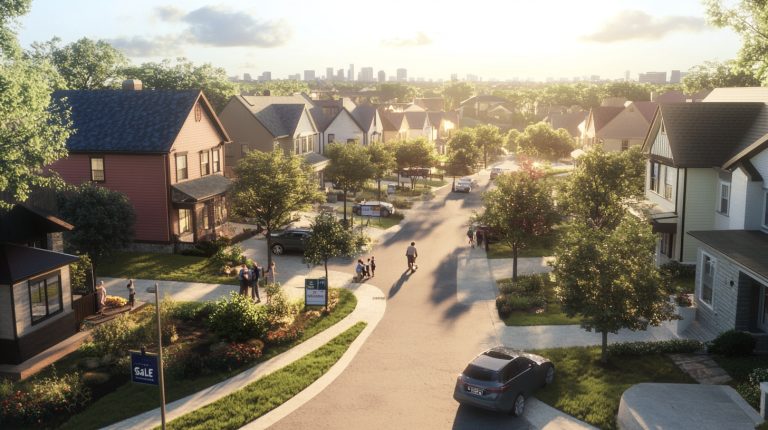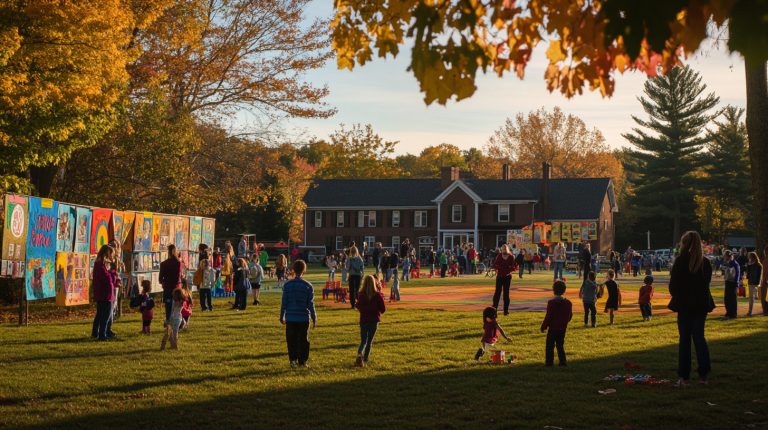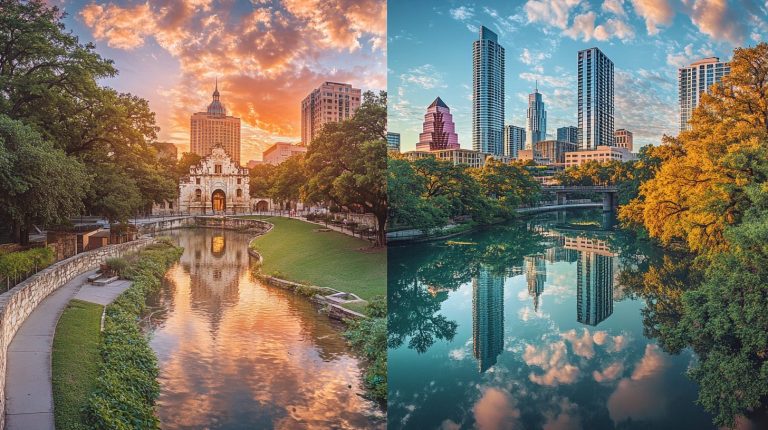Thinking about moving to San Antonio and trying to figure out if it’s actually a good idea—not just a fun weekend getaway?
San Antonio is a big-city/small-talk mix: historic missions and murals, a serious food scene, a diverse job base, and a cost of living that’s usually kinder than other major metros. You’ll trade cooler weather and extensive transit for more space, more sunshine, and quick access to Hill Country.
This guide walks through what life in San Antonio really feels like so you can decide if the move fits your day-to-day, not just your Instagram.
Quick Answer: Should You Move to San Antonio?
If you want a more affordable big city with real culture, multiple job sectors, and easy access to nature—and you’re okay with hot summers and a car-dependent lifestyle—San Antonio is absolutely worth a serious look.
You’ll probably love it if you’re looking for:
- More house or yard for your money
- A city with history and personality, not just glass towers
- A slower pace than some “go-go” metros, but still plenty to do
You may not love it if you:
- Hate heat and long summers
- Want to live car-free with heavy rail transit
- Prefer hyper-dense downtown living everywhere you go
If that quick trade-off feels promising, the rest of this guide will help you decide where and how to plug in.
Pros and Cons of Moving to San Antonio
Before you pack any boxes, it helps to see the biggest upsides and trade-offs side by side—here are the key pros and cons of moving to San Antonio.
Pros of Moving to San Antonio
- More affordable than many big metros – Overall costs—especially housing—are typically lower than a lot of large U.S. cities and even some other Texas metros.
- Housing that’s still relatively attainable – You’ll find a wide range of prices and property types: older bungalows, master-planned communities, townhomes, and outlying properties with more space.
- Diverse job base – Military, healthcare, tech/cyber, corporate, manufacturing, and tourism all contribute. You aren’t tied to one industry to make a living here.
- Deep culture, food, and events – Missions, plazas, the River Walk, murals, festivals, and a food scene that goes way beyond Tex-Mex and barbecue.
- Access to nature and nearby cities – Rivers, trails, and Hill Country towns are all within day-trip range, and you’re a drive away from other major Texas hubs and the coast.
Cons of Moving to San Antonio
- Hot, long summers: You’ll see plenty of 90s and 100s, lots of sun, and a long warm season. If you hate heat, this is a real factor.
- Car-dependent and growing traffic: Public transit is limited. Most people rely on a car, and key highways can back up at rush times.
- Property taxes can feel high: Texas has no state income tax, but property taxes often surprise newcomers from lower-tax states.
- Allergies are a thing: Cedar, oak, and other pollens make this a challenging city for some allergy sufferers.
- Safety varies by area: Like any large metro, some neighborhoods feel very comfortable, others less so. You have to evaluate area by area, not treat the entire city as one block.
Cost of Living and Housing
One of the biggest reasons people move to San Antonio is that everyday life generally costs less than in many big cities.
In practical terms, that often means:
- You can afford more space—an extra bedroom, a yard, or a home office
- Groceries, utilities, and basic services don’t shock you every month
- You can realistically move from renting to owning if the numbers line up
You’ll still want to run your personal budget, but many newcomers feel an immediate difference compared to higher-cost metros.
Housing Market Basics
San Antonio’s housing market in late 2025 is more balanced than the ultra-hot period of a few years ago. You’ll see:
- A wide range of prices within the metro
- More negotiation room on some listings
- Options across different home ages and styles
You’ll typically encounter:
- Established neighborhoods near the core with older homes and big trees
- Master-planned communities with pools, playgrounds, and amenity centers
- Townhomes and condos closer to job hubs and entertainment districts
- Outlying areas where lot sizes grow and things start feeling like Hill Country
When you’re evaluating homes, make sure you’re looking at the all-in cost: mortgage, property taxes, insurance, utilities, and any HOA dues. A local agent can help you compare different areas in a way that matches your budget and lifestyle.
Jobs and the Local Economy
San Antonio’s economy isn’t dependent on just one employer or industry.
You’ll see major presence in:
- Military and defense – multiple bases and related contractors
- Healthcare and bioscience – large hospital systems and research centers
- Cybersecurity and tech – especially in and around former base facilities
- Corporate and logistics – regional headquarters, distribution, and back-office operations
- Tourism and hospitality – conventions, attractions, and events
That mix gives you options if you’re:
- Changing careers
- Moving with a partner who works in a different field
- Looking for long-term stability instead of riding one boom-and-bust cycle
If you’re remote, the bigger questions become: where you want to be on the map, how often you travel, and what kind of neighborhood vibe you want on your off-hours.
Neighborhoods and Lifestyle
San Antonio feels like a patchwork of smaller “cities within the city.” Each part of town has its own rhythm.
Urban Core and Near-Downtown Areas
If you want to be close to restaurants, events, and nightlife, you’ll look at:
- Neighborhoods in and around downtown, Southtown, and the Pearl district
- Blocks along the Broadway corridor and older, close-in areas
You’ll typically find:
- Smaller lots and older homes with character
- Townhomes, lofts, and apartments
- Shorter drives (or quick rideshares) to museums, theaters, and major venues
The trade-off: more activity and noise, less space and yard.
North Side and Master-Planned Communities
If you like newer construction and organized neighborhoods, the north side and some northwest corridors are usually where people start.
Expect:
- Single-family homes built in the last 10–20 years
- Sidewalks, walking trails, community pools, and playgrounds
- Shopping centers, medical facilities, and offices relatively close by
The feel here leans suburban: easier parking, bigger houses, and a more defined neighborhood structure.
Outer Areas and Hill Country Feel
On the edges of the metro, things start to blur into Hill Country:
- Larger lots or small acreage
- Darker skies and quieter nights
- Longer drives for daily errands and commutes
If you love rivers, trees, and back roads, and don’t mind planning your trips a little more, this can be a great fit.
Getting Around and Commutes
San Antonio is mostly a drive-first city.
A few practical tips:
- Try to live on the same general side of town as your primary job or campus. Crossing the entire metro at rush hour can be a grind.
- When you’re house hunting, test your commute at the actual time you’d be driving, not just on a Sunday afternoon.
- Central neighborhoods and some corridors have better walkability and bike potential; outer suburbs are more purely car-focused.
If you’re used to robust subways or commuter rail, you’ll feel the difference. If you’re already comfortable driving everywhere, the adjustment is more about learning the loops, highways, and back ways.
Weather, Outdoors, and Allergies
San Antonio delivers:
- Short, mild winters
- Long, hot summers
- A lot of sunny days
This is fantastic if you love being outside most of the year, as long as you’re prepared for serious heat in peak summer. Most residents adapt by:
- Doing outdoor activities early or late in the day
- Using shade, fans, and covered patios
- Leaning on pools, splash pads, rivers, and water-based weekends
Green Space and Weekend Nature Fixes
San Antonio has more green space than many people expect:
- Miles of hike-and-bike trails along creeks and rivers
- Large city parks with mature trees and open fields
- Easy day trips to rivers, canyons, state parks, and Hill Country towns
If you like the idea of grabbing coffee and being on a trail 20–30 minutes later, you’ll have options.
Allergies
This is a real consideration. Cedar, oak, and other pollens can make certain times of year tough if you’re sensitive.
If allergies are already part of your life, it’s worth:
- Investing in good home air filters
- Staying on top of HVAC maintenance
- Talking with your doctor about local seasonal triggers
Schools and Education
San Antonio spans multiple school districts, with charter and private options layered in. School quality and zoning can change quickly from one area to another.
If education is part of your decision:
- Pay attention to the district and attendance zones for each home you’re considering
- Check current public information on any schools that matter for your household
- Factor in how school locations interact with your daily commute and traffic patterns
On the higher-ed side, several colleges and universities in and around the city add sports, arts, classes, and events to the community rhythm.
Moving to San Antonio FAQ
Is San Antonio expensive to live in?
Compared to many large U.S. metros, San Antonio is generally more affordable, especially on the housing side. That doesn’t mean everything is cheap, but many newcomers feel like their money stretches further than it did in their previous city.
Is San Antonio safe?
It depends heavily on the neighborhood. Some areas feel very comfortable, others see more crime. The key is to look at current local data, visit at different times of day, and talk with people who live and work there before making a decision.
Is moving to San Antonio a good idea in 2026?
If you’re looking for more space, a lower overall cost of living, a diverse set of job options, and a city with real history and culture—and you’re realistic about heat and driving—moving to San Antonio can be a smart move. If your non-negotiables are mild summers and rail transit, it may not be the best fit.
Next Steps if You’re Considering a Move
If “moving to San Antonio” has gone from daydream to serious possibility, here’s how to turn it into a plan:
- Set your real budget. Decide what monthly housing payment feels comfortable, not just what a calculator says you can afford.
- Rank your priorities. Commute time, neighborhood feel, yard vs. walkability, access to nature, school considerations—put them in order.
- Match priorities to areas. Work with a local expert or do a targeted search to see which neighborhoods line up with your budget and lifestyle.
From there, you can fly in for a scouting trip, tour homes, and test out a few commutes and neighborhoods. That’s when “moving to San Antonio” stops feeling abstract and starts looking like a real, workable plan.





